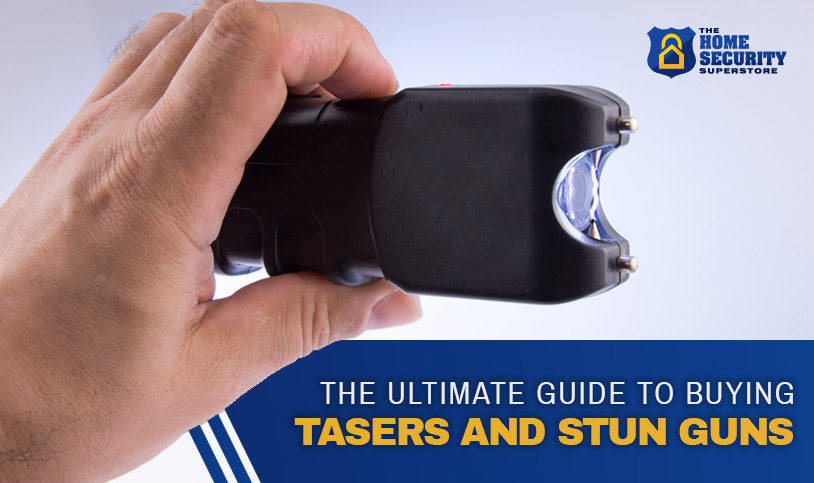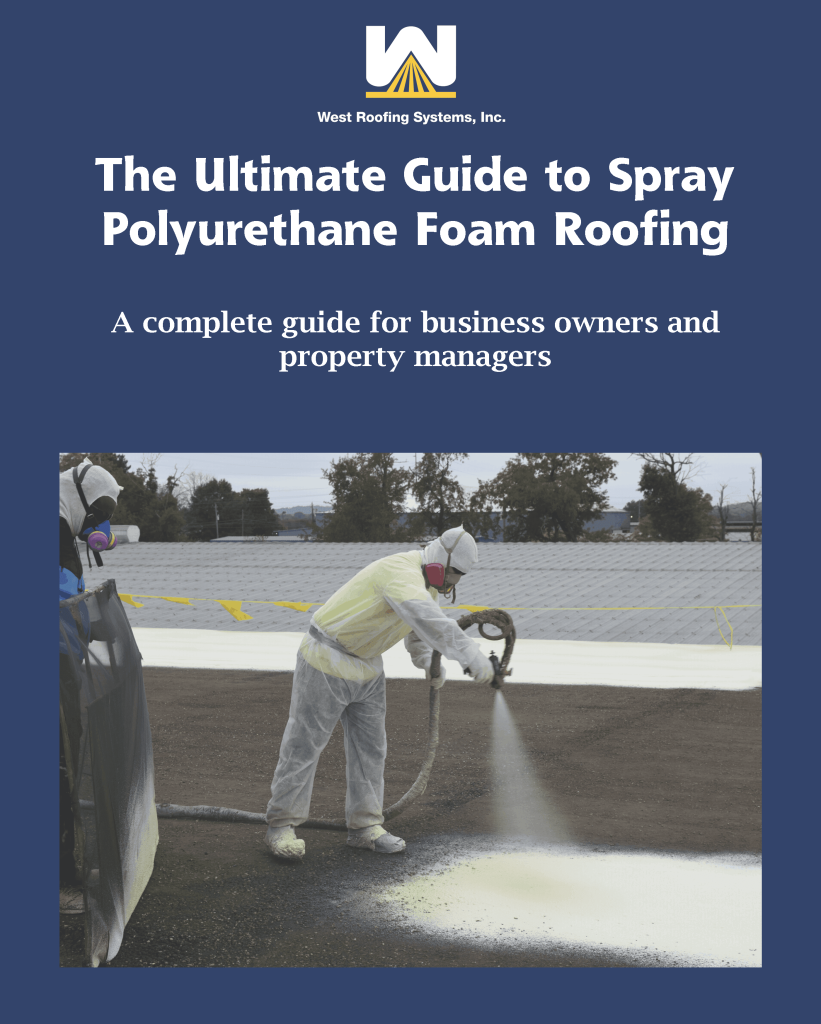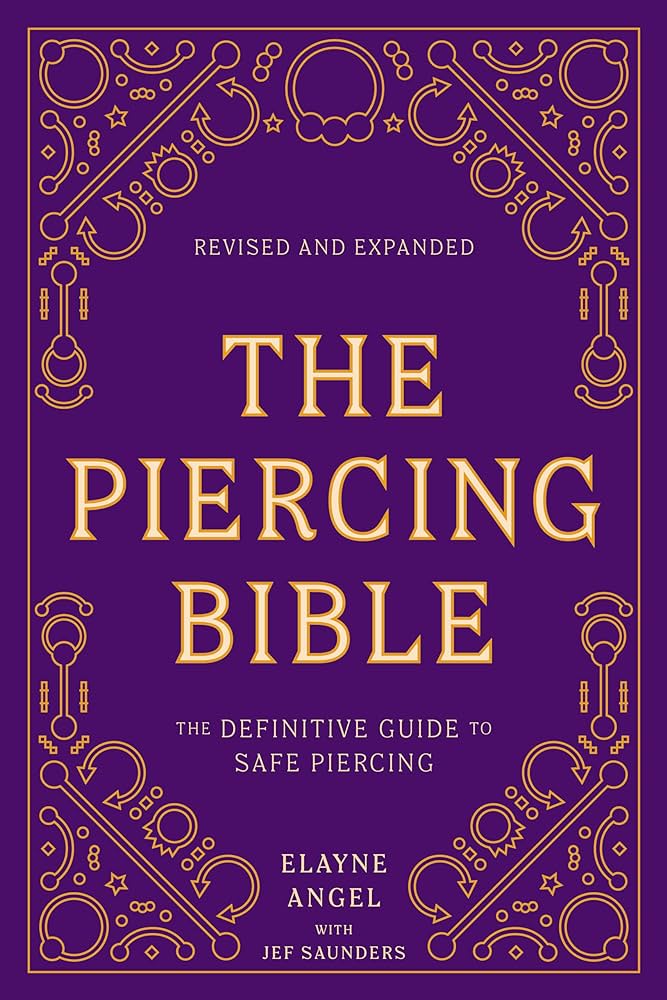A gun safe should ideally have a fire rating of at least 30 minutes. This will offer basic protection against fire damage.
Safeguarding your firearms from theft and damage is essential for any responsible gun owner. Securing weapons in a fire-rated gun safe adds an essential layer of protection. An effective gun safe not only keeps your firearms out of the wrong hands but also protects them in the unfortunate event of a fire.
With the risk of domestic fires ever-present, choosing a safe with a substantial fire rating can make the difference between the preservation or loss of valuable assets. As you shop for a gun safe, bear in mind that a higher fire rating often translates to better resilience in extreme conditions. Keep your investment secure by selecting a safe with the right mix of security features and fire protection.

Credit: www.thehomesecuritysuperstore.com
The Importance Of Fire Ratings For Gun Safes
When securing firearms, considering a gun safe’s ability to withstand fire is crucial. A fire-rated gun safe offers more than theft prevention; it provides safety against one of nature’s most destructive elements. Understanding a safe’s fire rating helps ensure valuable items survive in the worst scenarios.
Protecting Valuables From Heat And Flames
Adequate fire protection keeps guns and valuables intact during a fire. Here’s why fire ratings matter:
- Temperature Control: Fire-rated safes maintain an interior temperature low enough to protect contents from heat damage.
- Construction Quality: Higher fire ratings often indicate robust construction, enhancing overall security.
- Peace of Mind: Knowing that cherished valuables are safe from both theft and fire can provide immense relief in emergencies.
Understanding Fire Rating Certifications
Fire ratings are not random numbers. They emerge from rigorous testing:
| Rating | Temperature | Duration |
|---|---|---|
| UL 72 Class 350 | Up to 350°F | 30 minutes to 4 hours |
| ETL Verified | Varies by model | 30 minutes to 90 minutes |
Certifications like UL (Underwriters Laboratories) and ETL (Intertek Testing Services) provide assurance. These seals reveal a safe’s ability to defend against specific temperature extremes for a set time. Certification ensures a safe meets specific, standardized guidelines for fire resistance.

Credit: westroofingsystems.com
Types Of Fire Ratings
Understanding fire ratings for gun safes is crucial for protecting your firearms in case of a fire. Fire ratings outline the level of defense a safe offers against heat and flames. These ratings can vary widely. Learning about the different types will help you choose the right safe for your guns.
Ul Ratings And Their Significance
UL (Underwriters Laboratories) evaluates products for safety. In the world of gun safes, a UL rating serves as a stamp of approval. These ratings provide assurance that the safe can withstand fire to a specified degree. A common UL rating for gun safes is the UL 72, which indicates performance when exposed to fire.
| UL Rating | Temperature | Duration |
|---|---|---|
| Class 350 | 350°F | 1 hour or more |
| Class 150 | 150°F | 1 hour or more |
| Class 125 | 125°F | 1 hour or more |
Independent Lab Testing And Verification
Independent labs perform tests to verify fire ratings. They expose safes to extreme heat and measure performance. These tests ensure that a safe will provide the protection it claims. Look for labels that mention testing by reputable labs like Intertek or ETL Semko. This extra step of verification adds a layer of trust when selecting a gun safe.
- Independently Tested: Confirms the safe’s durability against fire.
- Verification Label: Shows the safe meets its advertised fire rating.
- Research: Always research which lab has tested the gun safe you consider.
Assessing Your Fire Protection Needs
Choosing the right fire rating for a gun safe is crucial. It ensures valuables stay protected during a fire. Different safes offer varying levels of defense against high temperatures. Understanding your specific fire protection needs is the first step to making an informed decision.
Evaluating Risks In Your Area
Consider local fire statistics and environmental factors when assessing risks. Factors to inspect include:
- Average response times of fire services
- Common causes of fires in your region
- Proximity to potential fire hazards
Residents in areas with high fire incidence or near forests may require advanced fireproofing features.
How Much Fire Protection Do You Need?
Determine the required fire protection by evaluating:
| Content Type | Protection Level |
|---|---|
| Paper documents | 350°F maximum internal temperature |
| Digital media | 125°F maximum internal temperature |
| Firearms | Varying levels based on firearm type and material |
Consider the safe’s fire rating duration. Safes can protect contents from 30 minutes to over 2 hours at certain temperatures. Pick a duration that aligns with local response times.
Inspect safe construction. Safes should have:
- Thick walls
- Heat-activated door seals
- Insulating material
Remember, the higher the safe’s fire rating, the better the protection. Yet, balance between need and affordability.
Common Features In Rated Gun Safes
When seeking protection for firearms, a rated gun safe stands as a fortress. These safes share features that boost their defensive prowess. Understanding these features helps ensure valuable items remain secure against theft, fire, and other disasters. Now, let’s explore the critical components that make these safes nearly impenetrable.
Insulation Materials And Their Impact
Insulation plays a pivotal role in gun safes. Quality safes incorporate materials that withstand extreme temperatures. This section highlights the key insulation materials found in fire-rated safes:
- Fireboard Layers: These create a barrier against heat.
- Composite Material: Offers enhanced thermal resistance.
- Ceramic Wool: It’s lightweight yet effective in heat protection.
- Concrete Amalgamate: An innovative solution for fireproofing.
Each material has an impact on the fire rating. The rating usually indicates the number of minutes the safe can endure a fire. For example, UL ratings include specifications like “UL 72 Class 350,” meaning the interior won’t exceed 350°F for a specified period.
Seals And Locks For Enhanced Protection
A gun safe’s efficacy isn’t limited to its insulation. Seals and locks are crucial for comprehensive security. Here’s what they bring to the table:
- Palusol® Seals: These expand in heat, sealing door edges against fire and smoke.
- Reinforced Locking Bolts: They resist prying, drilling, and cutting.
| Seal/Lock Feature | Benefit |
|---|---|
| Heat-Activated Seals | Prevents smoke damage and heat entry |
| High-Security Locks | Deters break-ins and unauthorized access |
The chosen locks—whether combination, electronic, or biometric—impact security level. A UL-rated lock further ensures reliability.
Making The Right Choice
Choosing the right fire rating for a gun safe is crucial. It could mean the difference between total loss and complete protection in the event of a fire. It’s not just about the contents—it’s about safety. The right fire rating guards against heat, ensuring your valuables survive. Begin by understanding what ratings mean and how they apply to gun safes.
Comparing Gun Safe Brands And Models
When comparing gun safes, look at their fire ratings. Brands often boast competitive features. A high-quality gun safe should withstand fires for a significant time. Most safes offer protection ranging from 30 minutes to over 2 hours. This is measured at certain temperatures. Examine the specifications closely.
- Underwriters Laboratories (UL) ratings benchmark is common.
- Intertek-ETL also rates safes for fire endurance.
Models vary in construction and insulation. This affects their performance in fires. Safes with thicker walls and doors often provide better protection. For instance:
| Brand/Model | Fire Rating | Wall Thickness |
|---|---|---|
| Brand A Model X | 60 minutes | 10 gauge steel |
| Brand B Model Y | 90 minutes | 7 gauge reinforced steel |
Assess each brand and model on performance and build quality. Select a safe that fits your individual needs.
Long-term Considerations For Fire Protection
Think long-term when choosing your gun safe’s fire rating. Assess where you’ll place your safe. Consider potential fire hazards around. A higher fire rating is wise if your safe is near a heat source.
- Select a rating appropriate for your location and risks.
- Consider the type of valuables you’re safeguarding.
- Fire ratings are an investment in peace of mind.
Insurance may favor safes with solid fire protection. This could reduce premiums. Always remember, fireproof ratings are about safeguarding valuables for as long as possible.
Sometimes, spending a bit more now on protection pays off later. Your safe should last through potential hazards. Prioritize a safe with a fire rating that meets and surpasses industry standards. This ensures your valuables and firearms remain secure, even when the unexpected happens.

Credit: www.amazon.com
Maintenance Tips For Fire-rated Safes
Protecting your valuables from fire starts with choosing the right gun safe. But what comes after the purchase is critical too. Regular maintenance of your fire-rated gun safe ensures it functions correctly. Let’s explore key steps to keep your safe in top shape.
Regular Inspection Schedules
Inspect your safe regularly to make sure it stays ready for emergencies. Here’s what to check:
- Door seals for integrity and signs of wear.
- Lock mechanisms for smooth operation.
- Interior for any signs of moisture or damage.
Make notes and set reminders for the next inspection dates.
Dealing With Potential Damage And Repairs
Address problems as soon as they arise.
- For minor damage, such as scratches or dents, use touch-up paint or a repair kit.
- For more significant issues, contact the manufacturer or a professional.
- Keep a record of any repairs or updates.
Proper care keeps your safe’s fire rating intact and your contents secure.
Frequently Asked Questions On What Fire Rating Should A Gun Safe Have
What Fire Rating Does Safe Need?
A safe’s fire rating depends on its intended use and protection level; typically, they range from 30 minutes to 2 hours of fire resistance. It’s crucial to check the rating against specific needs for document, digital media, or other valuables protection.
What Is A Class 350 1 2 Hour Fire Rating?
A Class 350 1 2 hour fire rating means a safe can protect paper contents from temperatures above 350°F for half an hour during a fire.
What Is The Standard For A Fireproof Safe?
The standard for a fireproof safe typically refers to the UL 72 rating, which measures how well a safe can protect its contents during a fire.
What Should I Look For In A Fireproof Gun Safe?
Consider fireproof gun safes with a high UL rating, durable construction, secure lock mechanisms, ample size, and internal conditions suited for gun preservation.
Conclusion
Selecting the right fire rating for a gun safe ensures the protection of your valuables in extreme temperatures. Prioritize a rating that stands up to your local risk levels and personal needs. Trust in a properly rated safe to secure your firearms and peace of mind against the heat.
Choose wisely—safety and security depend on it.



